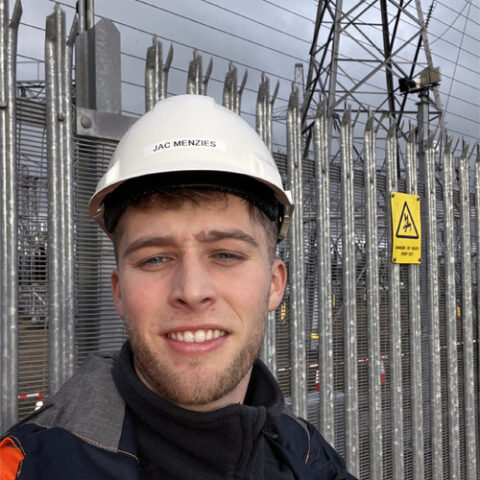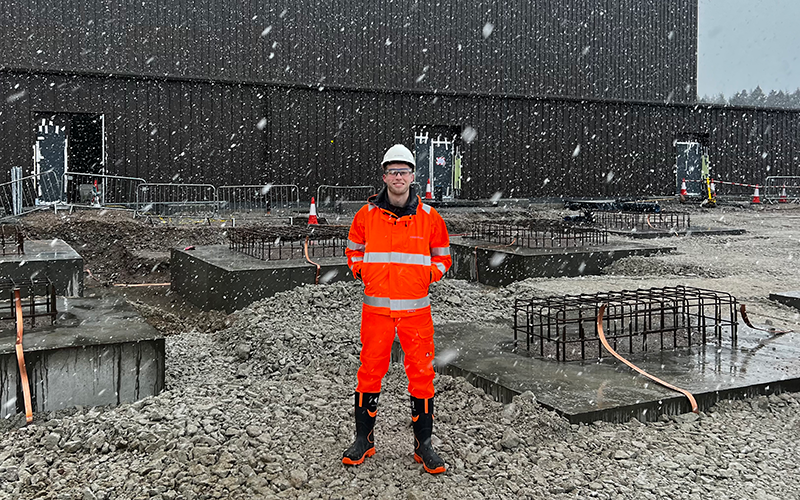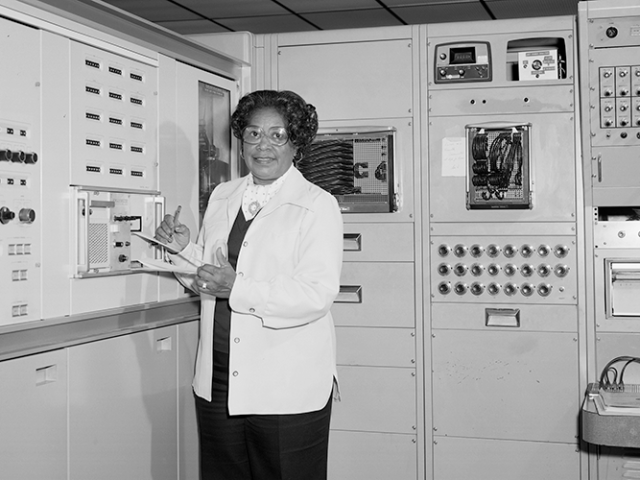Jac Menzies, a graduate engineer at Omexom, shares his experience of applying for a graduate programme at VINCI Energies UK & RoI and working on the world’s first Green Gas for Grids (G3) 400kV substation at Kintore near Aberdeen.

I graduated with a master’s in mechanical engineering from the University of Glasgow in 2021 and was looking for a job within renewables, although I didn’t know exactly where I wanted to be involved. I knew of VINCI Energies as my brother works for one of the VINCI Energies brands in New Zealand, but I hadn’t realised just how many other different business units come underneath that umbrella.
I did a bit of digging and that’s how I found Omexom, which specialises in building high voltage electrical infrastructure to facilitate the transition to renewable energy.
Compared to other graduate schemes I had applied for, the process was refreshingly quick and simple. The first interview I had was with the head of HR for VINCI Energies UK & RoI and it was a really relaxed conversation about what I wanted to get out of a graduate programme. After that, she put me in touch with HR at Omexom and I met the directors.
Generally speaking, graduates at Omexom rotate every six months to experience a range of different roles and projects within the two-year programme and find their niche. However, I have been on the Scotland flagship project for 18 months now. I feel I have been very lucky to have found such an exciting and challenging role on that project and be so heavily involved from day one.
Facilitating the transition to renewable energy
At the Kintore substation, near Aberdeen, we are replacing the old 275kV infrastructure that has been around for about 60 years with a new set of highly efficient 400kV switchgear. This will upgrade both the capacity and reliability of the network to deal with the new influx of energy from offshore wind, supporting the UK’s energy transition.
The project is double the size of the existing substation at just under six hectares, which is about the size of eight football pitches. That alone makes it a milestone project to work on, but it’s also the first 400kV Green Gas for Grids (G3) substation in the world.
A world first sustainability project
Pretty much all substations today use an insulating gas called SF6 (sulphur hexafluouride) to prevent damage to the control systems in case of a fault. Unfortunately for the environment, SF6 is a greenhouse gas that can remain in the atmosphere for more than 3,000 years and until recently there was no alternative. At Kintore, however, we are using a new replacement, G3, that does the equivalent job while being 99% less detrimental to the environment.
From the Omexom side, we’ve got about 20 people working on the project, alongside our client and five or six subcontractors. I’ve primarily handled the procurement of the switchgear and cabling for the new substation but also have a regular hand in quality, health and safety, and sustainability.
18 months ago, I could never have predicted that I would be so passionate about any substation. During one of my last interviews with the directors, I was upfront that electrical engineering hadn’t excited me at university, but I’ve picked up a hell of a lot and it’s interesting to work on a renewable project that’s helping us towards net zero in a way that’s different to how you would conventionally imagine.
A future full of opportunities
I haven’t thought too much about where I want to be in 10 years’ time. Hopefully, at the end of my two years as a graduate engineer, I will be back at Kintore as a project engineer, shadowing someone more senior, looking to move onto a smaller project to run myself as a project manager in the future.
However, I’m not pigeonholing myself – I am open to other roles within Omexom. I think that’s one of the great things about the company. You’re not stuck in one area once you’ve got your qualifications. There are so many opportunities and VINCI Energies is happy to allow you to explore them.




